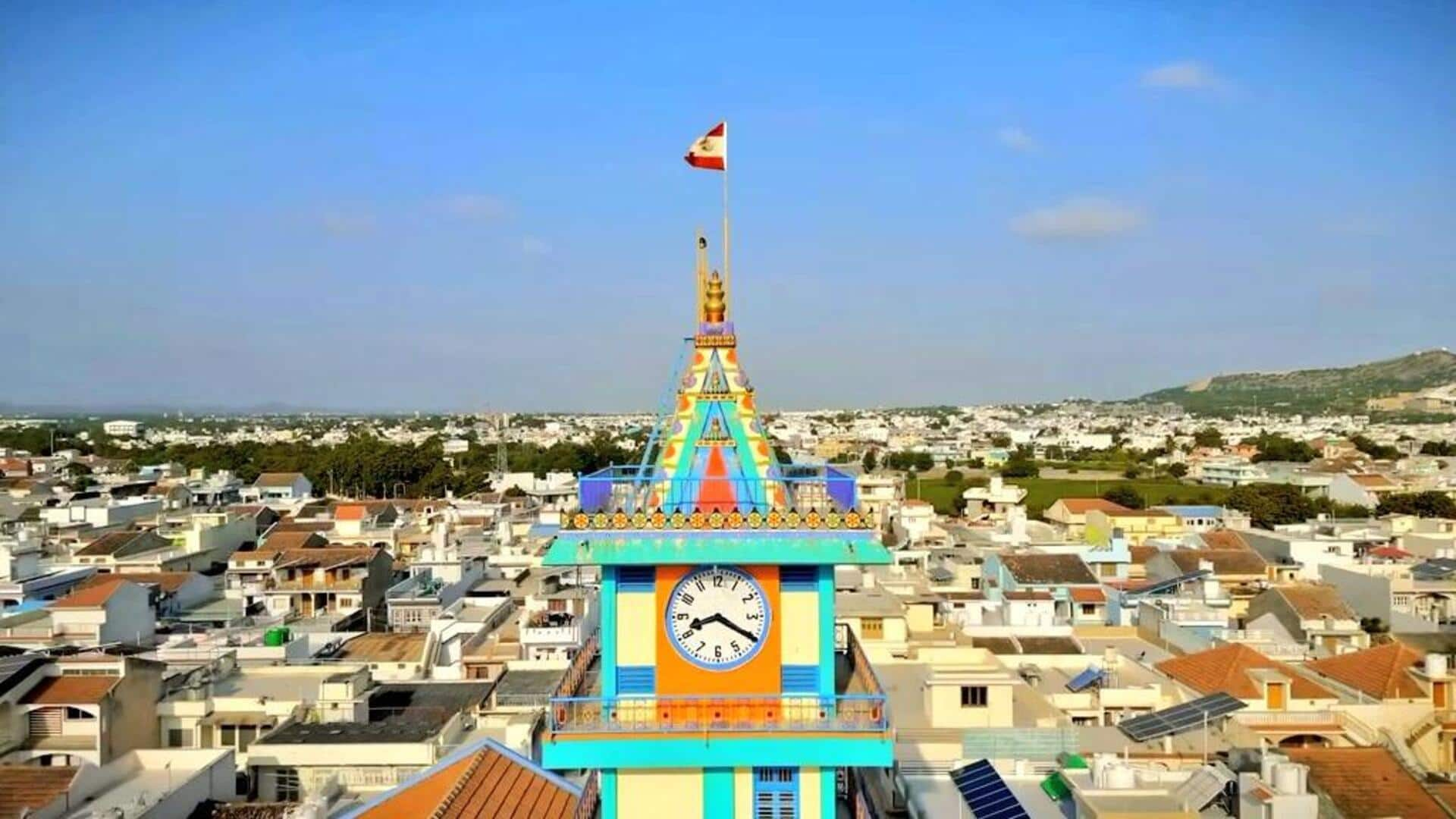
What makes this Gujarati rural area Asia's richest village
What's the story
Madhapar, a seemingly ordinary village nestled on the outskirts of Bhuj in Gujarat, India, holds a surprising distinction—it's considered the richest village in Asia. This prosperity isn't driven by fertile land or booming industries, but by a unique demographic phenomenon: a large number of Non-Resident Indians (NRIs). The village is home to approximately 32,000 residents and boasts an impressive 17 banks. These financial institutions collectively hold fixed deposits worth a staggering ₹7,000 crore, giving Madhapar its special status in Asia.
Banking boom
Banking sector thrives in Madhapar
The banking sector in Madhapar is thriving, with both public and private banks establishing a strong presence. Major institutions like HDFC Bank, SBI, PNB, Axis Bank, ICICI Bank, and Union Bank have branches here. This high concentration of banks is unusual for a single village and indicates its significant economic status. Despite the existing 17 banks, more financial institutions are keen on setting up branches in this prosperous village.
NRI impact
NRI contributions fuel Madhapar's prosperity
Madhapar is home to an estimated 1,200 families residing abroad, primarily in Africa, the UK, the USA, and Canada. These NRIs, often belonging to the Patel community, have found success in their adopted countries. The secret to Madhapar's wealth lies in the strong ties these families maintain with their village. A large portion of their earnings are sent back to India, deposited in local banks and post offices. These substantial remittances form the backbone of the village's financial strength.
Village development
Madhapar's infrastructure stands out from other villages
Madhapar is a stark contrast to the stereotype of rural India grappling with poverty. The village boasts well-maintained infrastructure, modern facilities, and a relatively high standard of living. Homes are often spacious and well-built, reflecting the financial well-being of the families. Madhapar serves as a fascinating case study. It showcases the power of diaspora communities and the positive impact remittances can have on local development.